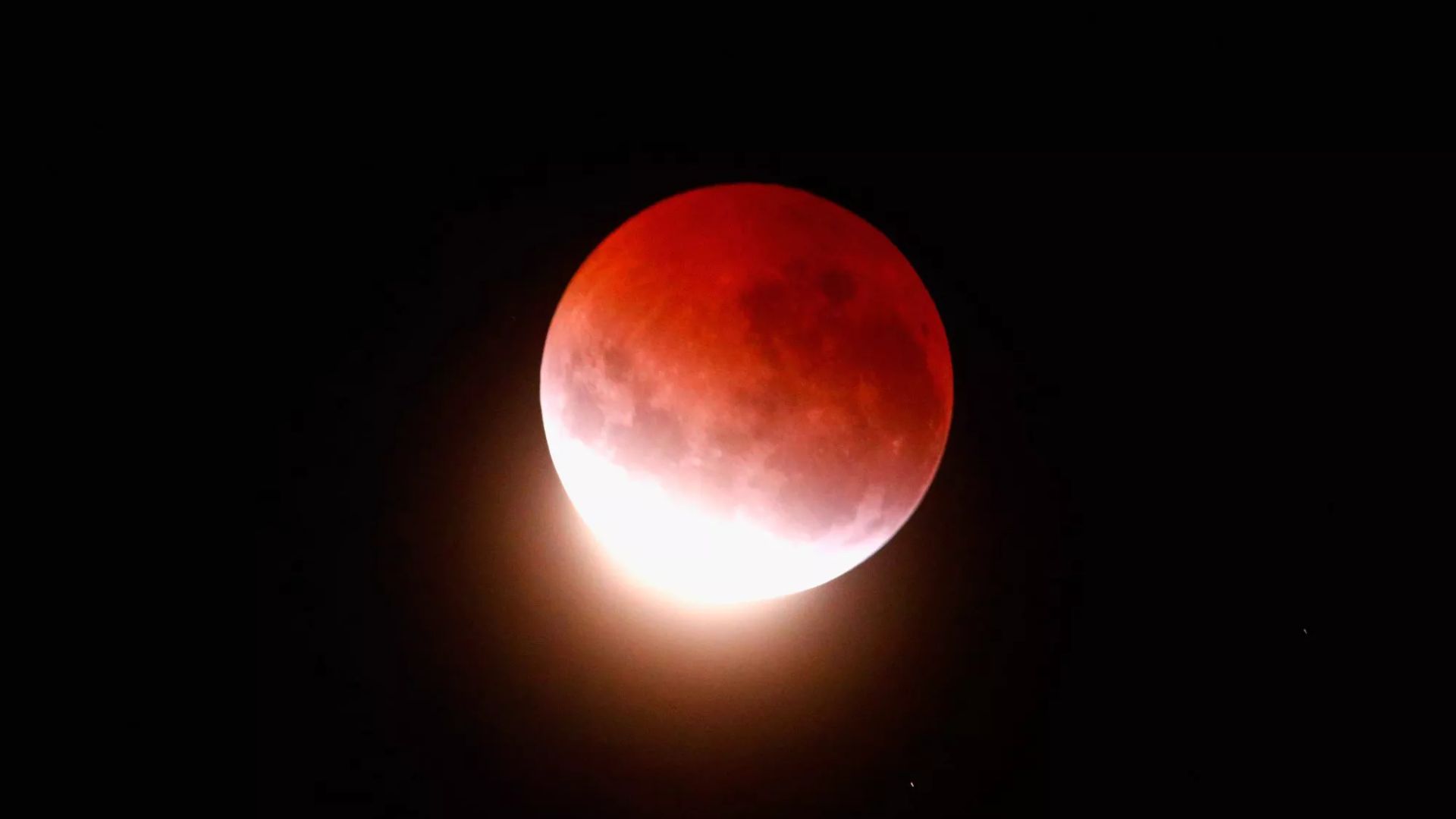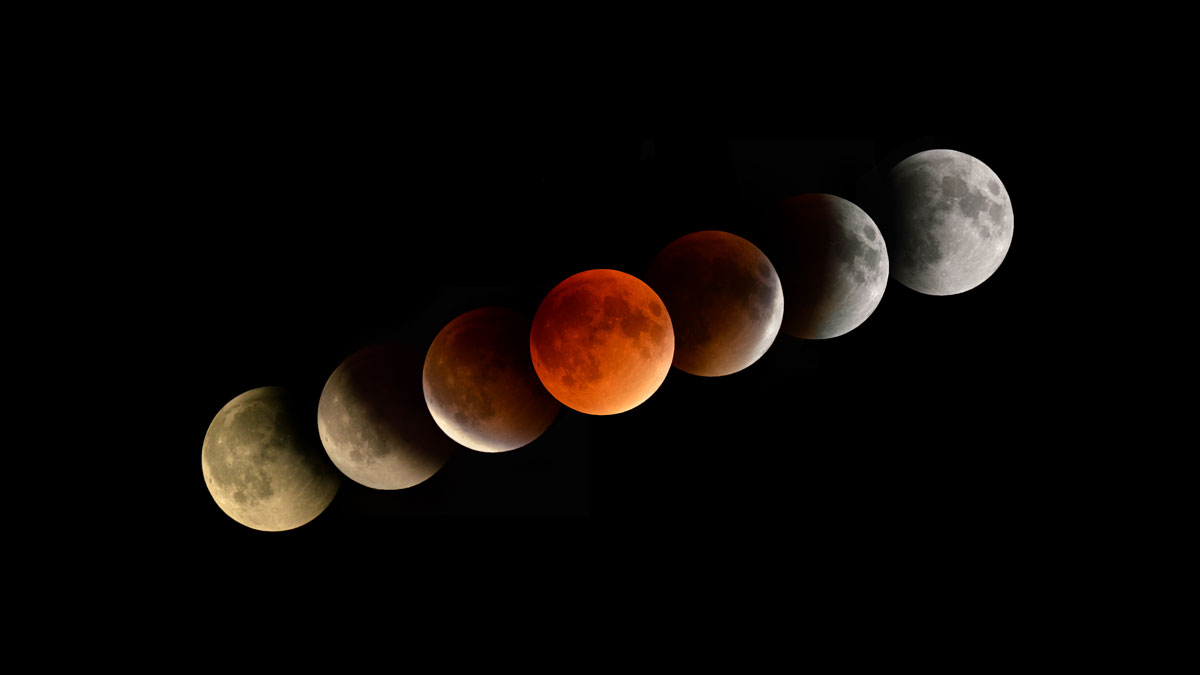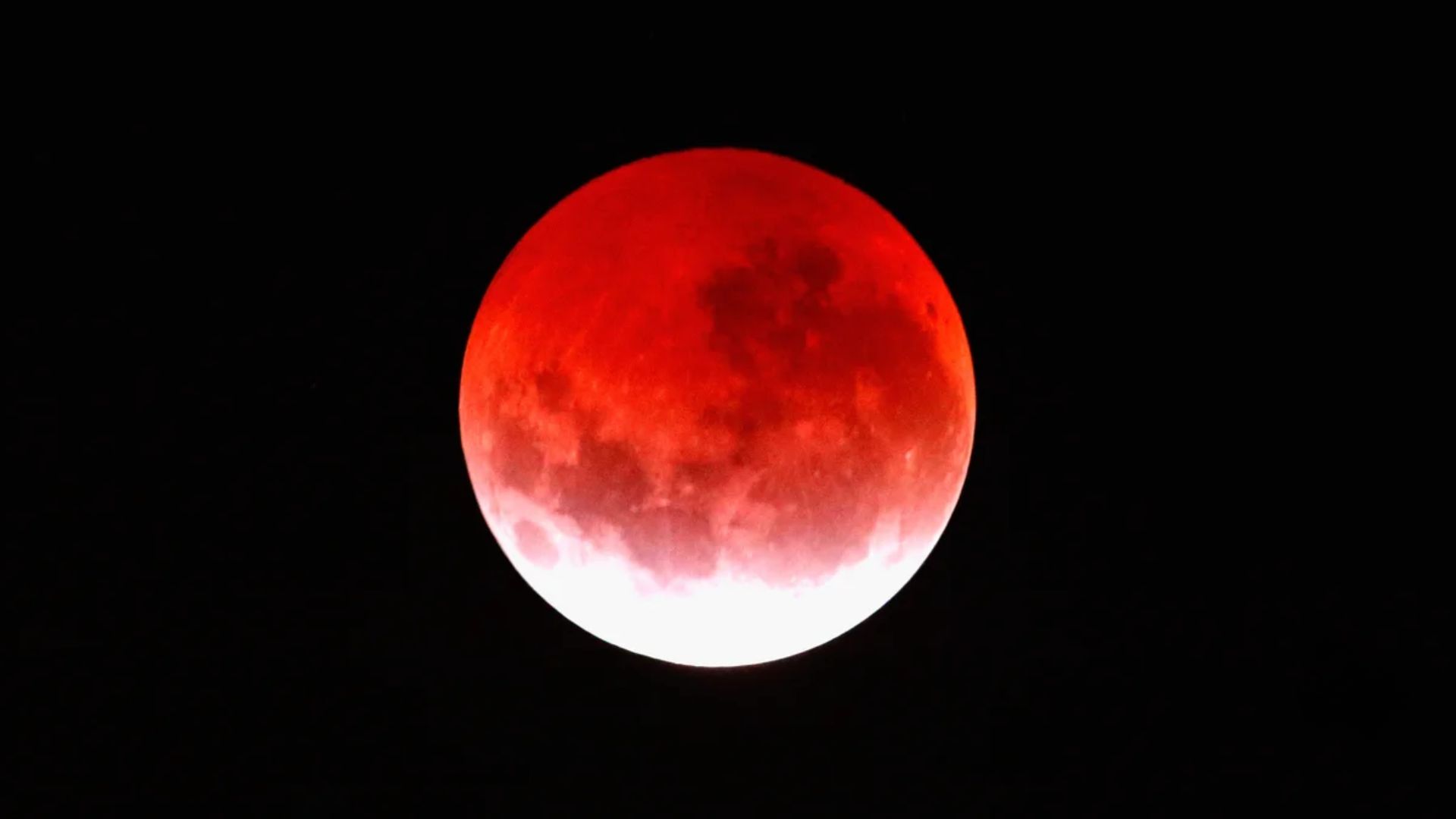A long, copper-red total lunar eclipse takes over the night sky on Sunday night into Monday (September 7–8). For 82 minutes, the full Harvest Moon will sit entirely inside Earth’s shadow and glow in shades of rust and orange—the classic “blood moon.”
This one is built for a massive audience across the Eastern Hemisphere. Asia, much of Africa, western Australia, and a swath of Europe are in prime position. North and South America won’t see it this time because the eclipse unfolds during daylight there; that’s why the next chance for a red moon over North America lands in early March 2026.

What’s happening and why the moon turns red
A total lunar eclipse is straightforward geometry. Earth slides between the sun and the moon, and the moon passes through Earth’s umbra, the darkest central part of our shadow. Sunlight skims through Earth’s atmosphere on the way to the moon; blue light scatters out and longer red/orange wavelengths make it through. That filtered light paints the lunar surface copper to deep red depending on how clear or dusty the atmosphere is. You don’t need glasses or filters.
It’s perfectly safe to watch with your eyes, binoculars, or a telescope. This eclipse is a full, deep immersion into the umbra, so the color should be obvious to the eye once totality begins.
Exactly when it happens
All eclipses run on Universal Time (UTC). Here are the key contacts for this one:
Penumbral eclipse begins: 15:28 UTC
Partial eclipse begins (umbra begins): 16:27 UTC
Totality begins: 17:30 UTC
Greatest eclipse: 18:11 UTC
Totality ends: 18:52 UTC
Partial eclipse ends: 19:56 UTC
Penumbral eclipse ends: 20:55 UTC
Translate those times to your location and you’ll know whether the moon is above the horizon. For the United States, the greatest eclipse occurs at 2:11 p.m. EDT / 11:11 a.m. PDT on Sunday, which is why the Americas miss this one. Across India, Southeast Asia, and China, it’s a nighttime show with the full sequence visible. Much of Europe and parts of Africa see the moon rising already in partial eclipse and then turning red as it climbs.

Who gets the best view?
If you’re in India or across South and East Asia, you’re in the sweet spot for the entire show from first shadow to final fade. Western Australia is well placed, too. East Africa and the Eastern Mediterranean will watch the moon rise into the eclipse; that low-on-the-horizon view can be dramatic, with the red disk hanging over buildings or terrain.
Western and northern Europe catch the eclipse as evening begins, with totality unfolding not long after moonrise. The Americas sit this one out live, but there will be professional livestreams from observatories and astronomy groups for anyone off the night side of Earth.
How long the red lasts—and what else to look for
Totality lasts 82 minutes, which is long by modern standards and gives you plenty of time to settle in and actually watch the color evolve. The full sequence, from the first faint shading to the last, spans roughly five and a half hours. During the darkest stretch, the sky around the moon will deepen and star fields will pop into view, a striking contrast you never get during a normal full moon. Saturn will sit near the moon during totality; a small telescope will pull in its rings, and careful observers may spot Neptune as a faint blue-green point not far away.

Watching well (and photographing it without guesswork)
Pick a site with a clean view of the horizon if the moon rises into eclipse where you are. Give your eyes 10–15 minutes to adapt. If you’re shooting with a phone, stabilize it. A fence, wall, or light tripod helps. Switch to a night or manual mode if your camera offers it, lock focus on the moon, and use a short self-timer to avoid shake.
The eclipsed moon is much dimmer than a normal full moon; expect to slow your shutter speed and raise ISO. Include a foreground (a skyline, trees, or a landmark) to give the color context—those frames are more compelling than a lone disk in a blank sky.
What this means for North America—and when the red moon returns there
Because this weekend’s eclipse happens in broad daylight for the U.S., Canada, and much of Latin America, the red moon won’t appear over those skies. The wait isn’t long, though. The next total lunar eclipse visible from parts of North America arrives overnight March 2–3, 2026.
Western states and provinces get the best, highest-in-the-sky view; farther east, totality happens closer to moonset and will look low and orange near the horizon.
Quick check before you look up
The moon’s color isn’t fixed. It can swing from tangerine to brick red depending on smoke, dust, and overall atmospheric clarity on eclipse night. A hazier atmosphere generally darkens the tone. If you’re on the edge of the visibility zone (for example, watching moonrise in Europe), the disk may look darker at first simply because it’s low and you’re staring through more air. Don’t be surprised if the copper color intensifies as the moon climbs and you get a cleaner line of sight.
Enjoy the show—and if clouds crash the party where you live, don’t write it off. With an 82-minute window of totality and hours of partial phases, breaks in the clouds often reveal the red moon long enough for a look you won’t forget.

